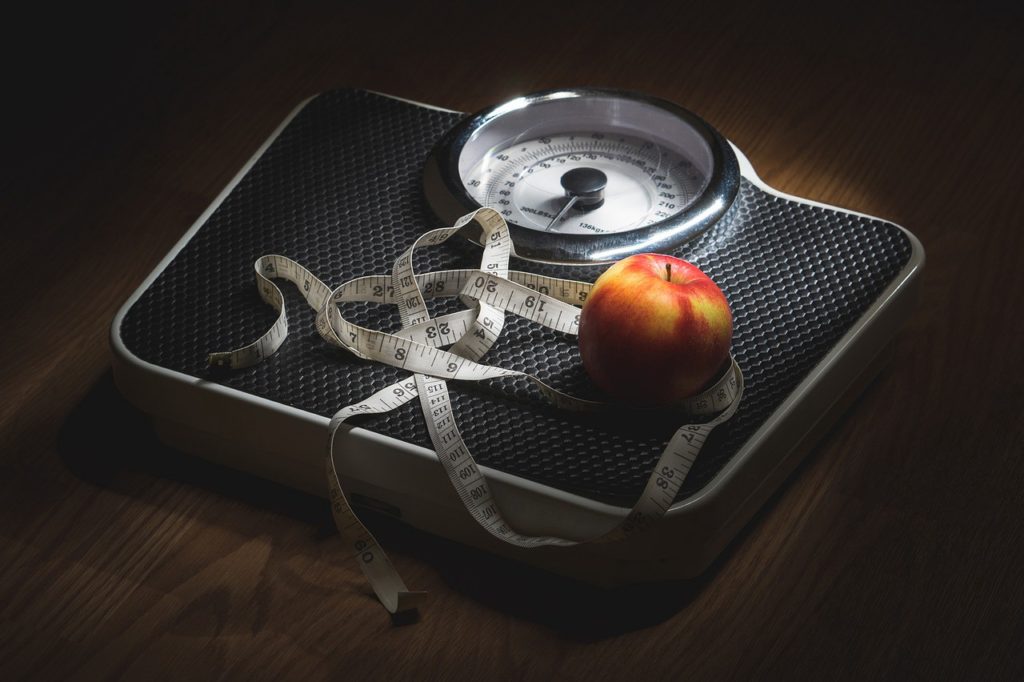This article is about how you can safely lose 10 pounds in a week. There is also a video at the end explaining the full process.
There’s a chance that you could lose 10 pounds in a week. It won’t be 10 pounds of body fat, though. Some of the weight loss is probably just water. It’s not a good idea, and it could be dangerous to lose a lot of weight quickly.
The Center for Disease Control (CDC) says that people who want to lose weight should try to lose between 1 and 2 pounds per week to do so safely and healthily. At the start of their weight loss journey, some people may be able to lose more weight per week than others, but this is not true for everyone.
Those who lose weight should know that this is not a healthy way to lose weight in the long run. If their doctor is watching, people should only try to lose more than the recommended 1–2 pounds per week.
There are risks to rapid weight loss, such as:
- More likely to get gallstones
- dehydration
- electrolyte imbalance
- headaches
- fatigue
- irritability
- change menstrual cycle
The risks get worse the longer someone stays on a minimal diet to help them lose weight quickly.
11 Ways to Lose 10 Pounds in a Week

For more than a week, losing 10 pounds has been a very realistic goal. Follow these steps to get rid of 10 pounds.
1. Stick to a diet low in calories
When trying to lose weight, it’s best to eat a low-calorie diet. Getting rid of calories is the key to losing weight.
How many calories you burn each day is based on:
- age
- body size
- level of activity
People who eat less than their body needs each day will lose weight.
Most experts say that if you want to lose weight, you shouldn’t eat less than 1200 calories per day.
2. Avoid junk food
What are junk foods? Junk food are foods with the following characteristic:
- high in fat
- not filling
- not enough nutrients
- a lot of carbs
- a lot of salt
Here are some examples of junk food:
- candy
- baked goods
- ready-made snacks
- most desserts
People should try to eat whole foods with only one ingredient to reduce calories and carbs.
3. Add lean protein
Lean protein is good for building muscle. Lean protein also makes you feel fuller after you eat. This could mean that people eat fewer calories at a meal, and because they feel fuller, they may be able to cut out some carbs they don’t need. This could help them lose weight.
4. Move more
Taking the stairs and walking during breaks may help you burn calories.
People can burn more calories by moving around more, and burning more calories can help them lose more weight in a week.
Some ways to add more movement to daily activities are:
- Parking further away from the entrance
- taking 5 to 15-minute-long walking breaks
- walking during lunch
- using the steps
5. Do a lot of intense cardio.
Some people can lose weight with the help of high-intensity cardio exercise. It is a type of training called “interval training,” in which people do short bursts of intense exercise and then take a break.
Trusted Source found that people who did high-intensity cardio thrice a week lost more weight than those who did steady-state exercise over 15 weeks. Steady-state exercise is a type of activity in which a person’s heart rate and muscle movements stay pretty much the same for the whole session.
People should talk to a doctor before starting high-intensity cardiovascular exercise. Not everyone should do this challenging workout.
Before trying any high-intensity exercise, anyone with any of the following health problems or lifestyle issues should check with a doctor:
- Blood pressure too high
- obesity
- Heart trouble
- a disease of the heart’s arteries
- diabetes or pre-diabetes
- cigarette smoking
- abnormal levels of cholesterol
- a mostly sedentary way of life
6. Add weights
Lifting weights or resistance training can help protect the metabolism from crashing, which can happen when dieting.
When you lift weights, you build muscle. More calories are used up by muscle mass than by fat cells. When you work out your whole body, you also use up more of your body’s carbohydrate stores.
When someone does both aerobic and cardiovascular exercise and strength training, they will burn more calories.
When you work out at a low to moderate intensity for more than 30 minutes, your body will gradually stop using carbs as fuel and start using fat instead.
This is called the “fat-burning stage,” and it will cause you to lose weight.
7. Cut back on carbs
To lose weight, you might want to avoid carbs like bread.
A low-carb diet can help a person lose a lot of weight quickly. Some studies say that people should eat fewer carbs overall.
One research
Trusted Source, for example, showed that people with or without diabetes could lose weight by eating fewer carbs.
Some people might lose weight right away when they start a low-carb diet and lose weight over time.
When you eat too many carbs, your body stores extra water. When you cut back on carbs, the water you keep goes down, making you lose weight.
Before starting a low-carb diet, it’s essential to talk to a doctor or dietitian because this diet can be bad for your health.
8. Get rid of gas
It puffs up when the body holds on to too much water or gas. Getting rid of foods that make you feel complete can help you lose weight. This includes canned soup, frozen dinners, and carbonated drinks with a lot of salt.
9. Stick to your meal plan.
People can stay on a diet and be more accountable if they follow a meal plan. A person can try a lot of different meal plans. Start by making a plan for each meal for the week and stick to the daily goals.
10. Change behavior
Changing behavior and lifestyle habits can be essential for a weight loss plan to work. Research shows that when people are aware of what they are eating, their cravings go down, and they can better control how much they eat, both of which are essential to losing weight.
11. Seek support
People who want to lose weight may be more likely to reach their goals if they work with others who wish to do the same. People can get help losing weight from friends, family, and online communities promoting healthy living. Studies have shown that getting support through text messages can encourage healthy behaviors leading to long-term weight loss.
Conclusion
Even though it might be possible to lose 10 pounds in a week, most people shouldn’t try to do so unless they are closely watched by a doctor. It’s much easier to lose 10 pounds over several weeks than just one.
People who find it hard to follow their doctor’s advice may still be able to lose weight by making small changes to their diet and exercise routines over time.
People may feel encouraged when they lose a lot of weight in one week, but it’s important to remember that this isn’t healthy and can even be dangerous. The best and most effective way to lose weight is to make small changes that a person can keep up for a long time.













